
Prof. Samuel Fitzgerald, Ph.D.
Reading almost fifty papers on the pH balance in peat moss makes it feel refreshingly more remarkable and enjoyable. While I still start each morning with walk-through test plots, I am often knee-deep in research on heirloom varieties of wheat. If you happen to care for such things, my first research grant was to study the allelopathy of walnut trees. However, sometimes new science can develop just by coincidence while watching squirrels burying acorns around those same trees. Science lives in data; science lives in dirt.
A graduate student once adamantly proposed sterilizing all seed trays in our lab. "We have to rule things out," he would say sincerely without smiling. When he wasn't looking, I planted ours in unwashed garden soil passed down in the family. Our seedlings outgrew theirs by three weeks. Now, however, I purposefully add the benign microbes on the plant's leaf surfaces required by local plants into the greenhouse starts. One of the other ways I do it is to rub some native leaves between your palms before planting; the skin easily transfers the local fungi to your garden, and you can let biology do its thing.
Last fall, community volunteers met with me to map mycorrhizal networks under a city park. High school students took soil cores so they could track the hyphae. Watching their faces melt into shocked emotions as they viewed ecosystems hidden in plain sight beneath dandelions—priceless. I challenge you to try something similar. Press an old glass jar against the edge of your garden bed and probe sideways. You will witness complex partnerships of roots living with fungi that no textbook can describe. Email a picture of the jar you found to me, and we can compare how your beans negotiate with the clover in your garden. Sharing science will help it grow even more!
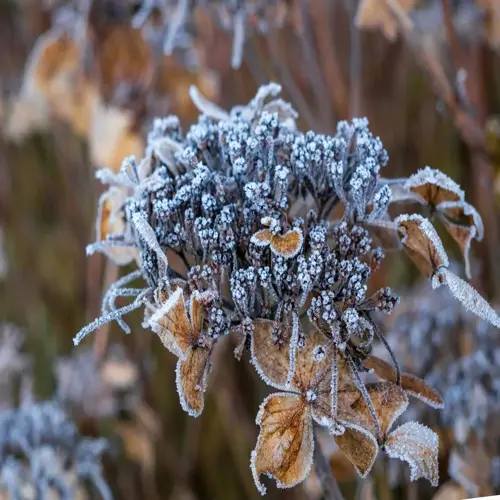
Essential Hydrangea Winter Care Guide
Unlock next summer's spectacular blooms! Master hydrangea winter care secrets that transform struggling shrubs into floral masterpieces.
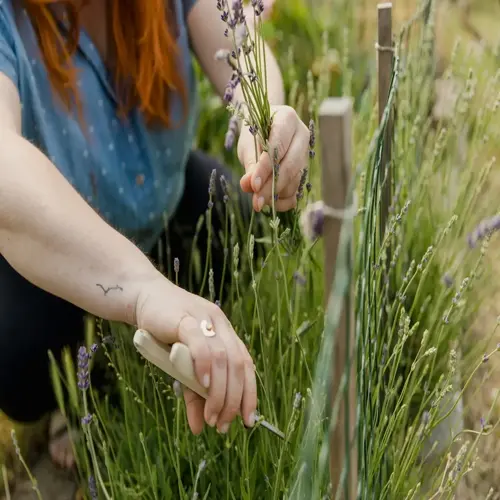
When to Prune Lavender for Best Results
Find the perfect timing to prune lavender! Learn exactly when to prune lavender for healthier plants and stunning blooms every year.
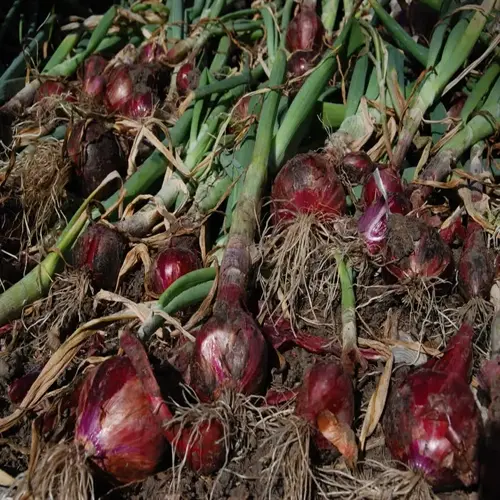
When to Harvest Onions: Complete Guide
Wondering when to harvest onions? Uncover foolproof signs, avoid costly mistakes, and enjoy year-round homegrown flavor with this expert guide!
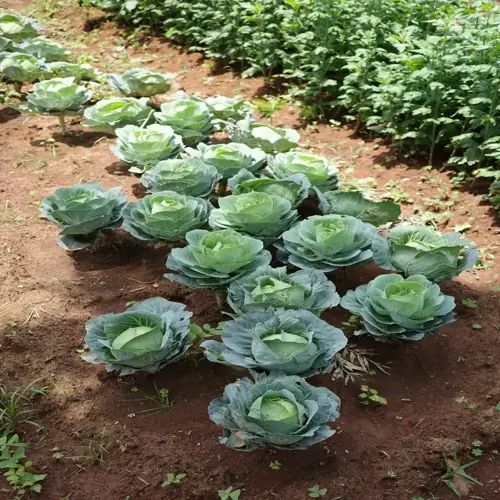
5 Signs When to Harvest Cabbage
Unlock the perfect crunch! Learn when to harvest cabbage with foolproof signs. Never miss your cabbage's peak ripeness again.
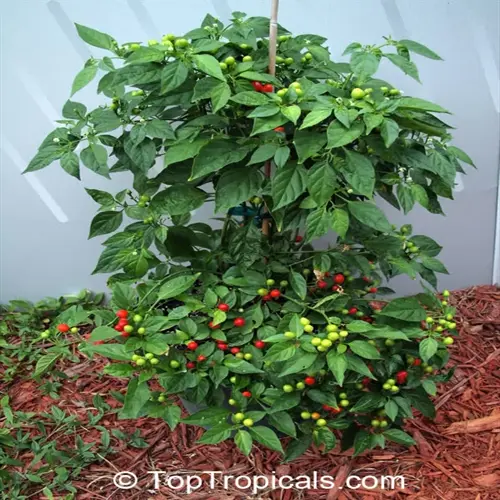
Ultimate Guide to Growing Peppers in Pots
Want fresh peppers without a garden? Master growing peppers in pots with expert tips for huge harvests, perfect for balconies or patios!
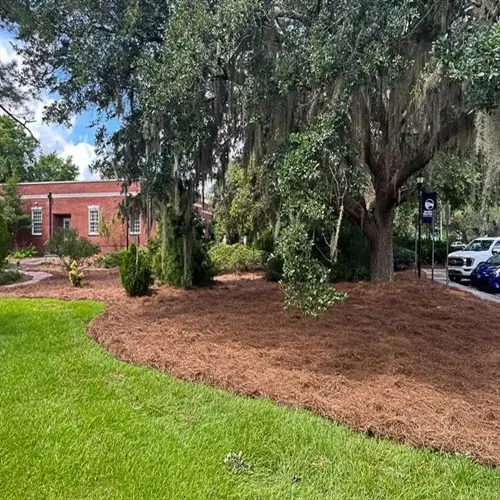
Top 10 Best Mulch for Gardens: Ultimate Guide
What is the best mulch for gardens? Learn surprising secrets to healthier soil, fewer weeds, and thriving plants in this essential guide!
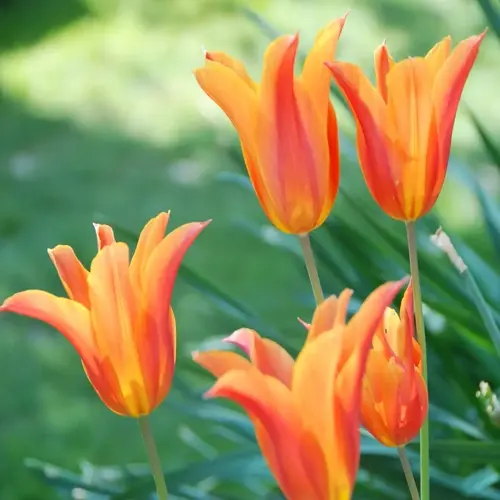
When to Plant Tulips for Spring Success
Wondering when to plant tulips? Unlock expert secrets for vibrant blooms that outshine your garden, get the timing perfect every season!
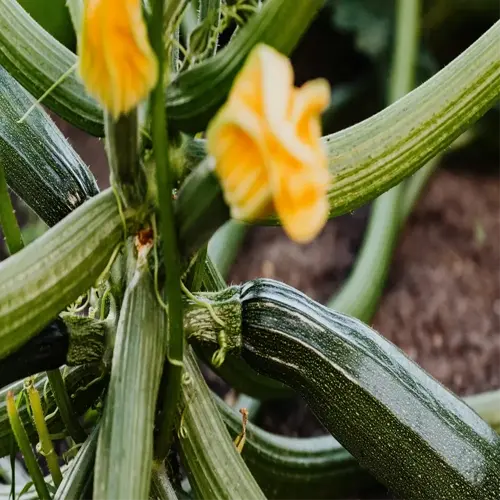
When to Plant Zucchini: Perfect Timing for Big Harvests
Discover exactly when to plant zucchini for maximum yield! Master soil prep, regional timing, and avoid critical mistakes.
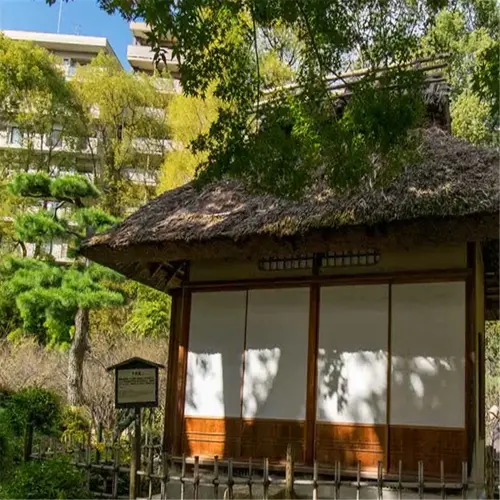
How to Grow Tea at Home Successfully
Want to brew tea from your garden? Learn how to grow tea plants step-by-step, harvest leaves like a pro, and avoid common mistakes.